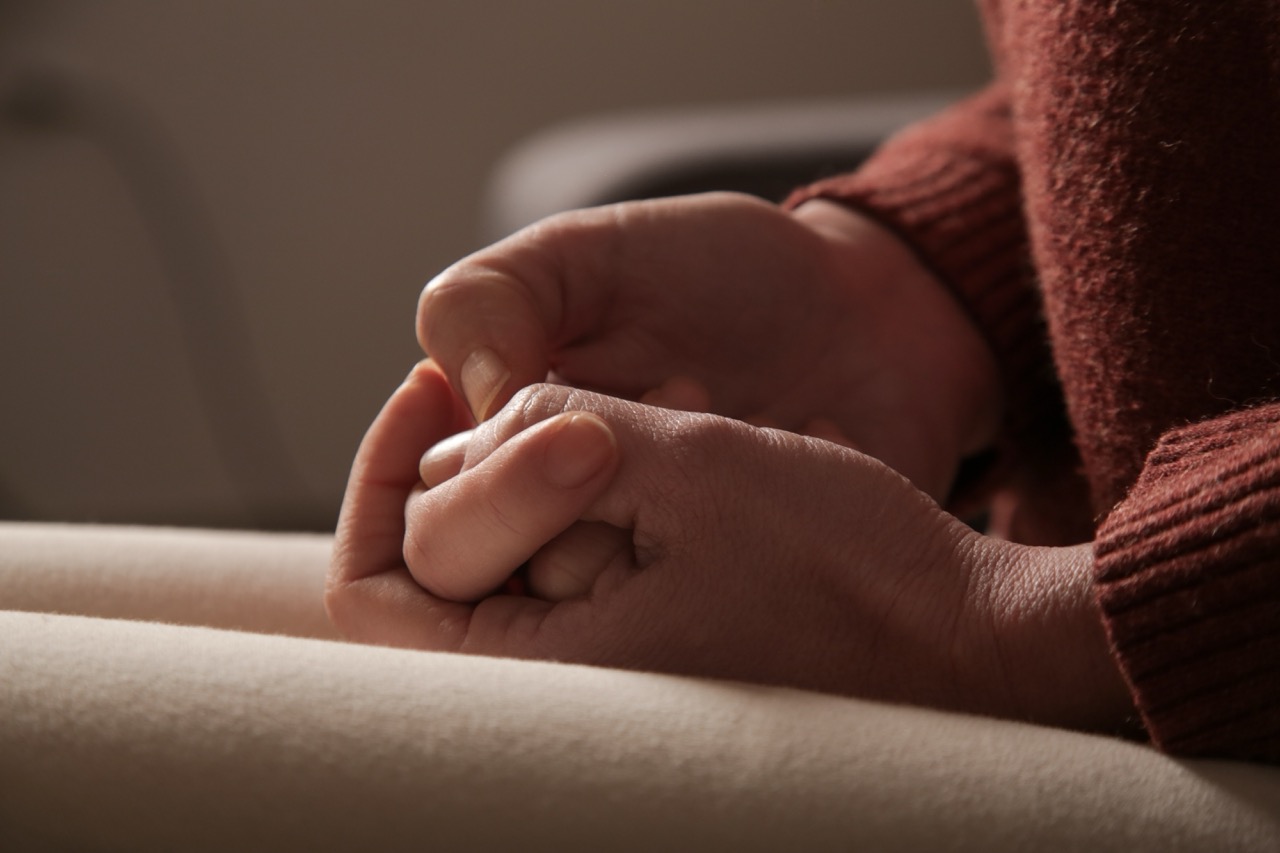The History of Obsessive Compulsive Disorder
 Author:
Megan Eileen McDonough
Author:
Megan Eileen McDonough
 Co-Author:
Janet Singer
Co-Author:
Janet Singer
 Editor:
Nikki Seay
Editor:
Nikki Seay
 Reviewer:
Shivani Kharod, Ph.D.
Reviewer:
Shivani Kharod, Ph.D.
Obsessive-compulsive disorder (OCD) is a mental health condition marked by intrusive, unwanted thoughts (obsessions) and repetitive behaviors (compulsions) performed to ease anxiety or prevent perceived harm. These patterns can cause significant distress and disrupt daily life. However, many people hide or downplay these patterns due to shame or stigma.

Though OCD was once seen through a lens of morality, superstition, or religion, it is now recognized by the public as a legitimate and treatable mental disorder within modern clinical practice.
Early Observations and Misunderstandings
Before the establishment of formal mental health systems, behaviors now recognized as OCD were often interpreted through religious or moral lenses. In the 14th century, these symptoms were called scrupulosity, a preoccupation with religious or moral purity. While now considered a subtype of OCD tied to religious guilt, scrupulosity once broadly described obsessive thoughts and compulsive behaviors [1].
By the 17th century, religious leaders used terms like “religious melancholies” to describe similar symptoms. John Moore, the Bishop of Norwich, told Queen Mary II that some worshippers experienced intrusive “anti-Christian thoughts” during prayer, despite trying to resist them. Mental health professionals now recognize these as classic OCD symptoms [1].
Though not clinically useful today, these historical labels reveal how OCD behaviors were once viewed by society as spiritual afflictions or moral failures. Understanding these misinterpretations helps explain how OCD was eventually distinguished from superstition and brought into the realm of modern psychiatry.
Pre-psychiatric interpretations include:
- Scrupulosity: A fixation on moral or religious perfection, where people obsessively fear committing sins or doing something wrong.
- Divine Punishment: The belief that intrusive thoughts or compulsive behaviors were a form of punishment from God for sinful actions or thoughts.
- Religious Melancholy: A deep spiritual despair marked by intrusive doubts about faith or salvation and often interpreted as a soul crisis.
- Moral Weakness: The view that compulsive behavior stems from a lack of self-control or personal discipline rather than a medical condition.
- Melancholia: A broad, pre-modern term used to describe mental disturbances like anxiety, sadness, or obsessive behavior, without a specific diagnosis.
Obsessive Compulsive Disorder’s Entry Into Psychiatry
In the 19th century, psychiatry began to formally recognize OCD as a mental disorder, moving away from earlier moral or religious interpretations.This shift allowed clinicians to build a more structured and clinical understanding of OCD.
In 1838, French psychiatrist Jean Esquirol was one of the first to describe OCD-like symptoms within a psychiatric framework. He classified them as a form of monomania. This condition affects a specific area of thought or behavior while leaving the rest of a person’s thinking intact. Esquirol also introduced the term “obsessions” to describe persistent, unwanted thoughts, marking an essential step in establishing OCD within psychiatric literature [1].
Later in the century, French psychiatrists expanded on Esquirol’s ideas. By the mid-1800s, there was debate over whether OCD should be seen as “impulsive insanity” or a “disease of the emotions.” Around the same time in Germany, psychiatrist Karl Westphal introduced the term Zwangsvorstellung (compulsive idea), shifting the focus from delusion to problems with cognitive control [2].
These developments significantly advanced how obsessive compulsive disorder was understood and classified, laying the foundation for more effective OCD treatment approaches and symptom mapping.
Key moments in OCD’s entry into psychiatry include [2]:
- Monomania: In 1838, Jean Esquirol classified OCD-like symptoms as monomania, disturbances affecting a specific area of thought or behavior.
- Obsessions: Esquirol also introduced the term obsessions to describe persistent, intrusive, and unwanted thoughts in OCD.
- Disease of the Emotions: By the mid-1800s, French psychiatrists debated whether OCD was caused by uncontrollable impulses or emotional disturbances, showing uncertainty about its classification.
- Zwangsvorstellung: In 1877, Karl Westphal coined Zwangsvorstellung (compulsive idea), focusing on impaired cognitive control and internal mental conflict rather than delusions.
How Psychoanalysis Shaped Clinical Views of OCD
As psychology evolved, psychoanalytic theory shifted the understanding of OCD from behavior-based labeling to internal psychological dynamics. Sigmund Freud’s work played a key role in moving OCD into psychological territory, focusing on unconscious conflicts rather than external compulsions [1].
Freud viewed OCD as a conflict between unconscious desires and moral constraints, with compulsions acting as defense mechanisms to manage anxiety [1]. He also linked certain OCD traits to unresolved conflicts from the anal stage of psychosexual development, theorizing that fixations during this stage could lead to obsessive traits later in life [1].
Freud later introduced reaction formation, a defense mechanism where individuals express behaviors opposite to their unconscious fears or desires as a way to manage internal anxiety [1].
Modern work does not empirically support Freud’s model, but his psychoanalytic approach deepened the understanding of OCD and inspired early talk therapy methods.
Defining OCD in Modern Diagnostics
By the 1950s, OCD had gained formal recognition as a distinct mental health disorder. The Diagnostic and Statistical Manual of Mental Disorders (DSM) included it as a specific diagnosis, placing it under the broader category of anxiety disorders [3]. Early editions emphasized how compulsions served to reduce the distress caused by obsessive thoughts.
This classification remained until 2013, when the DSM-5 redefined OCD as part of a new section titled Obsessive-Compulsive and Related Disorders [4]. This shift identified OCD as neurologically distinct from other anxiety disorders, involving different underlying brain mechanisms.
Beginning in the 1980s, advances in neuroscience and imaging uncovered disruptions in serotonin pathways and dysfunction in specific brain circuits, reinforcing the view of OCD as a neurobiological condition. Alongside these discoveries, clinicians refined their understanding of OCD’s behavioral aspects.
Cognitive Behavioral Therapy (CBT), particularly Exposure and Response Prevention (ERP), became a cornerstone of treatment [5]. At the same time, selective serotonin reuptake inhibitors (SSRIs), developed in the 1980s and 1990s, provided a reliable pharmacological option for managing symptoms, especially when therapy alone was not enough [5].
The shift from early 19th-century psychiatric interpretations to modern clinical frameworks highlights the dramatic evolution in how OCD has been conceptualized and treated [6].
Treatment Evolution and Current Standards
Early OCD treatments, primarily relying on traditional talk therapy, were often ineffective due to the lack of structured methods to address the persistent nature of obsessive-compulsive symptoms. As a result, many individuals found little lasting relief.
A breakthrough came with the development of Cognitive Behavioral Therapy (CBT), specifically in the form of Exposure and Response Prevention (ERP) [5]. ERP helps individuals gradually face triggers while resisting compulsive behaviors, reducing anxiety, and weakening the cycle of obsessions and compulsions especially in combination with SSRIs.
Today, the most effective treatment approach combines ERP with SSRIs, with additional therapies like mindfulness, neuromodulation, and peer support often included to improve outcomes and support long-term management of OCD [5].
Key advancements in OCD treatment include:
- Talk Therapy: Early OCD treatments focused on talk therapy, which had limited success due to a lack of structured methods.
- Cognitive Behavioral Therapy (CBT): CBT, particularly Exposure and Response Prevention (ERP), became a breakthrough by exposing individuals to triggers and helping them resist compulsions, reducing anxiety [5].
- Selective Serotonin Reuptake Inhibitors (SSRIs): SSRIs, introduced in the 1980s and 1990s, target serotonin imbalances and provide relief, especially when therapy alone is insufficient.
- Modern Integrative Care: Today, the most effective approach combines ERP with SSRIs, often adding mindfulness, neuromodulation, and peer support for improved long-term outcomes.
These advances have reduced the impact of OCD on daily life, while providing greater hope and improved quality of life for those affected.
Moving Forward with Compassion and Clarity
OCD’s history mirrors the broader shift in mental health care, from early misunderstanding and moral judgment to structured, evidence-based treatment. Public awareness has helped reduce stigma, and improved care has led to better treatment outcomes.
Understanding OCD as a chronic but manageable condition has encouraged more people to seek help and engage in long-term recovery. Today, with a combination of effective therapies and improved access to care, individuals living with OCD have more tools and support than ever before.
Public education continues to play a crucial role in reducing stigma and increasing understanding. Ongoing progress in research, treatment access, and awareness efforts are essential for supporting those affected by OCD.
Individuals who suspect they or a loved one may be struggling with OCD should consult a medical professional. Early evaluation and diagnosis can lead to more effective, personalized treatment plans.
Reflecting on the Journey of Understanding OCD
Obsessive-compulsive disorder has evolved from a misunderstood condition linked to moral or religious beliefs into a well-recognized and treatable mental health disorder. This shift reflects broader changes in the mental health field, where evidence-based care has improved the way these conditions are understood and managed.
Today, OCD is classified as its own category in the DSM, recognizing the differences from other anxiety disorders. Evidence-based therapy, medications, and in some cases, holistic approaches to treatment offer effective ways to manage symptoms and support long-term recovery.
While significant progress has been made, stigma still lingers. Continued education, awareness, and access to care remain essential to helping individuals with OCD manage their condition and lead meaningful lives.
- OCD-UK. (n.d.). The history of OCD. https://www.ocduk.org/ocd/history-of-ocd/. Accessed 11 May 2025.
- Stanford University School of Medicine. (n.d.). History. Obsessive-Compulsive and Related Disorders. https://med.stanford.edu/ocd/treatment/history.html. Accessed 11 May 2025.
- American Psychiatric Association. (2022). Diagnostic and statistical manual of mental disorders (5th ed., text rev.). https://doi.org/10.1176/appi.books.9780890425787. Accessed 11 May 2025.
- Brock, H., Rizvi, A., & Hany, M. (2024). Obsessive-compulsive disorder. StatPearls. National Library of Medicine. https://www.ncbi.nlm.nih.gov/books/NBK553162/. Accessed 11 May 2025.
- Fornaro, M., Gabrielli, F., Albano, C. S., Fornaro, S., Rizzato, S., Mattei, C., Solano, P., Vinciguerra, V., & Fornaro, P. (2009). Obsessive-compulsive disorder and related disorders: A comprehensive survey. Annals of General Psychiatry, 8(1), Article 13. https://doi.org/10.1186/1744-859X-8-13. Accessed 11 May 2025.
- Berrios, G. E. (1989). Obsessive-compulsive disorder: Its conceptual history in France during the 19th century. Comprehensive Psychiatry, 30(4), 283–295. https://doi.org/10.1016/0010-440X(89)90052-7. Accessed 11 May 2025.
The Clinical Affairs Team at MentalHealth.com is a dedicated group of medical professionals with diverse and extensive clinical experience. They actively contribute to the development of content, products, and services, and meticulously review all medical material before publication to ensure accuracy and alignment with current research and conversations in mental health. For more information, please visit the Editorial Policy.
MentalHealth.com is a health technology company guiding people towards self-understanding and connection. The platform provides reliable resources, accessible services, and nurturing communities. Its purpose is to educate, support, and empower people in their pursuit of well-being.
Megan Eileen McDonough is a health and wellness writer with 10+ years of experience in mental health, women’s health, postpartum care, and adolescent health.
Shivani Kharod, Ph.D. is a medical reviewer with over 10 years of experience in delivering scientifically accurate health content.
The Clinical Affairs Team at MentalHealth.com is a dedicated group of medical professionals with diverse and extensive clinical experience. They actively contribute to the development of content, products, and services, and meticulously review all medical material before publication to ensure accuracy and alignment with current research and conversations in mental health. For more information, please visit the Editorial Policy.
MentalHealth.com is a health technology company guiding people towards self-understanding and connection. The platform provides reliable resources, accessible services, and nurturing communities. Its purpose is to educate, support, and empower people in their pursuit of well-being.